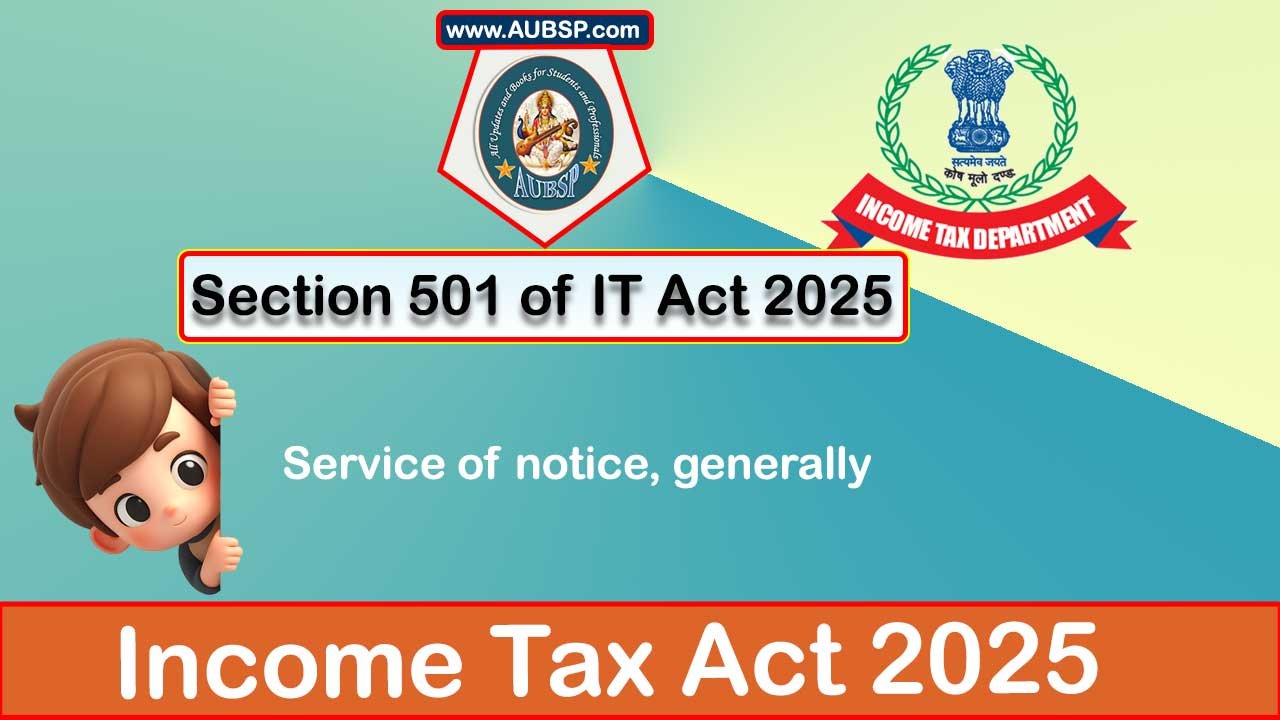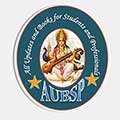Service of notice, generally
[Section-501 as per the Income Tax Act, 2025 (this Act) w.e.f. 1st April, 2026.]
Section 501(1) of Income Tax Act 2025
501(1) The service of a notice, or summon, or requisition, or order, or any other communication, under this Act may be made by delivering or transmitting a copy thereof, to the person therein named—
- 501(1)(a) by post or by such courier services as may be approved by the Board; or
- 501(1)(b) as provided under the Code of Civil Procedure, 1908 for the purposes of service of summons; or
- 501(1)(c) in the form of any electronic record as provided in Chapter IV of the Information Technology Act, 2000; or
- 501(1)(d) by any other means of transmission of documents, as prescribed.
Section 501(2) of Income Tax Act 2025
501(2) The Board may make rules providing for the addresses (including the address for electronic mail or electronic mail message) to which the communication referred to in sub-section (1) may be delivered or transmitted to the person therein named.
Section 501(3) of Income Tax Act 2025
501(3) In this section, “electronic mail” and “electronic mail message” means a message or information created or transmitted or received on a computer, computer system, computer resource or communication device including attachments in text, image, audio, video and any other electronic record, which may be transmitted with the message.
FAQs on Section 501 of Income Tax Act 2025
What methods can be used to serve a notice under the Income Tax Act, 2025?
A notice can be served by post or approved courier, in the manner provided under the Code of Civil Procedure, 1908, through electronic records as per the Information Technology Act, 2000, or by any other prescribed means of transmission.
Can a notice be served electronically under this Act?
Yes, a notice can be served in the form of any electronic record as provided in Chapter IV of the Information Technology Act, 2000.
Is service by courier permissible under this Act?
Yes, courier services approved by the Board may be used to serve notices under Section 501(1)(a).
What does Section 501(1)(b) refer to?
It allows service of notices using the methods provided for summons under the Code of Civil Procedure, 1908.
What is meant by “electronic record” in this context?
An “electronic record” includes messages or information in text, image, audio, or video format transmitted through computers, systems, or devices, including attachments, as defined under the Information Technology Act, 2000.
Can the Board prescribe additional means for serving notices?
Yes, under clause (d) of Section 501(1), the Board can prescribe other means of transmitting documents.
Is there a provision for specifying the address for communication?
Yes, Section 501(2) empowers the Board to make rules for the addresses, including electronic mail addresses, to which notices and communications may be delivered.
What is the meaning of “electronic mail” and “electronic mail message” under this section?
According to Section 501(3), these refer to any message or information created, transmitted, or received on digital systems, including attachments in various formats such as text, image, audio, or video.
Who decides which courier services are approved for notice delivery?
The Board has the authority to approve courier services for delivering notices under Section 501(1)(a).
Does this section apply to summons and orders in addition to notices?
Yes, it applies to notices, summons, requisitions, orders, and any other communication under the Act.


